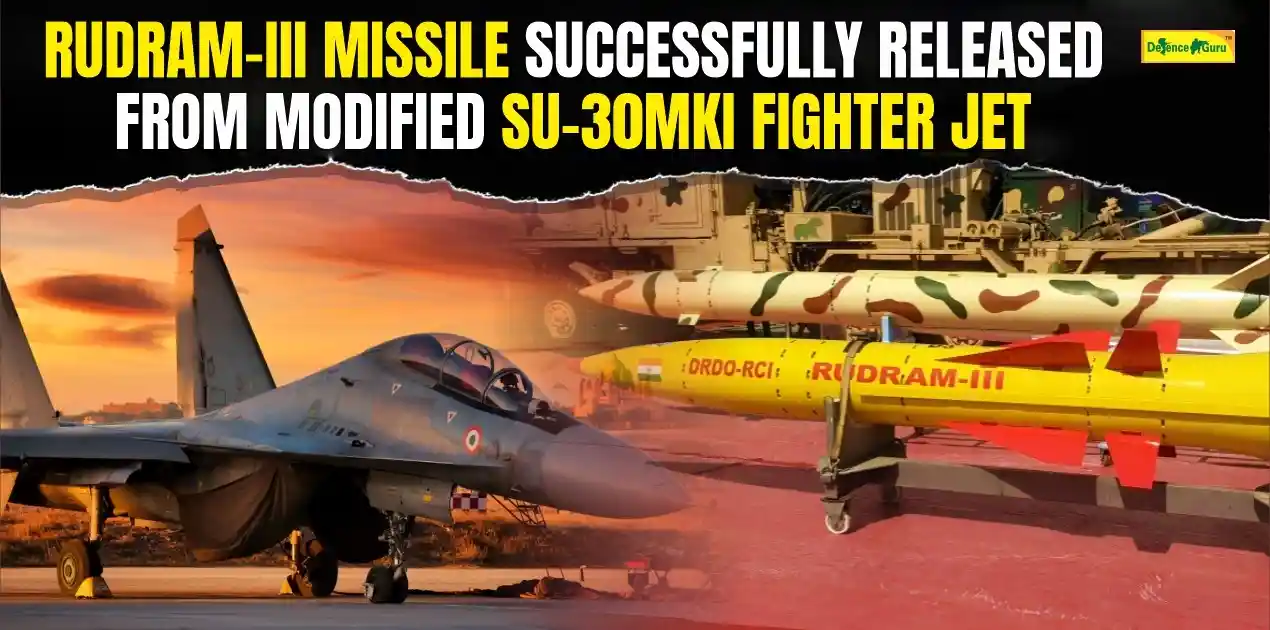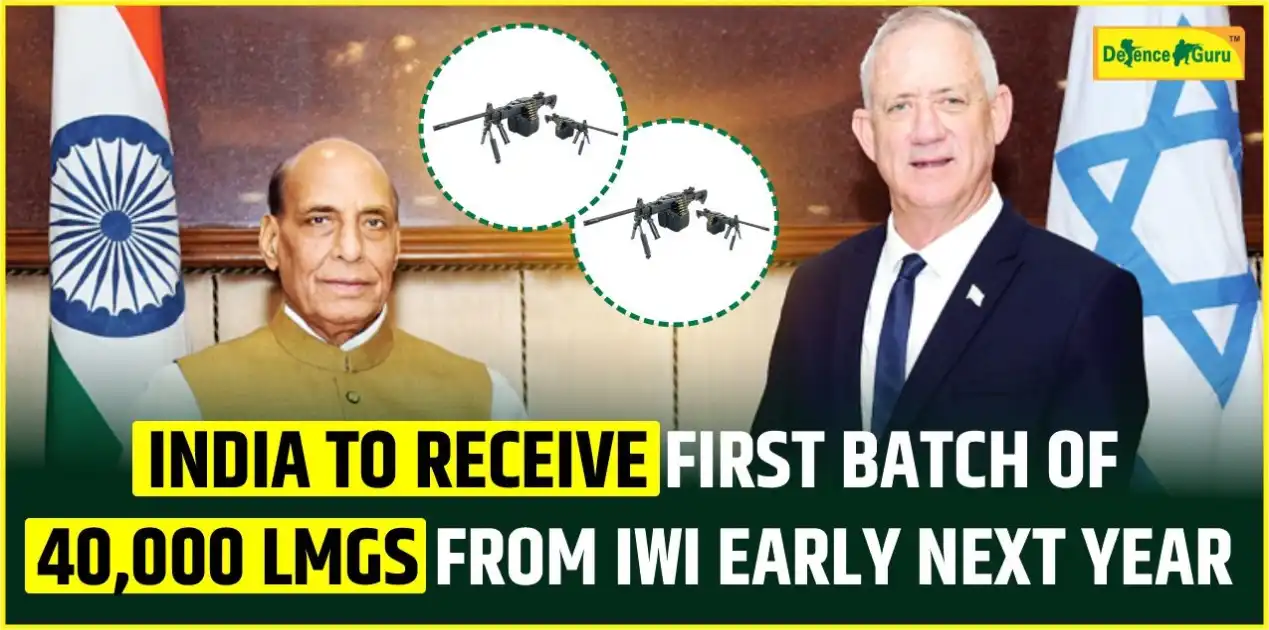RudraM-III Missile Successfully Test-Fired from Enhanced Su-30MKI Fighter Aircraft
India has made a major leap towards indigenous defence manufacture by successfully test-firing the RudraM-III hypersonic anti-radiation missile from an especially upgraded Su-30MKI fighter jet. This test is a major breakthrough for the integration of the missile with frontline air platforms and paves the way for its operational induction into the Indian Air Force (IAF).
Two RudraM-III missiles were dropped from the Su-30MKI, a major multi-role fighter of the IAF, during the test. The test is a follow-up to earlier captive carriage and dummy drop trials and represents a crucial milestone in the development and deployment readiness of the missile.
In order to facilitate the integration of RudraM-III, the Su-30MKI was heavily modified. These modifications involved the installation of specially designed weapon stations, a new bomb rack in accordance with the missile, and improved avionics interface through the use of the MIL-STD-1553B data bus system. All electrical systems were integrated according to the specifications laid down by the Hyderabad-based Research Centre Imarat (RCI).
.webp)
RudraM-III is a cutting-edge missile system that weighs about 1.6 tonnes and can cruise at hypersonic speeds of more than Mach 5. At launch from altitudes around 11 kilometers, it can target targets up to a distance of 600 kilometers — a comparative range advantage over RudraM-II and RudraM-I.
Developed mainly for Suppression of Enemy Air Defenses (SEAD), the missile has a dual-stage solid propulsion, precise inertial and GPS guidance, and a passive homing seeker. Its seeker can detect and lock onto hostile radar signals, even when enemy systems try to turn off to remain undetected. This allows the missile to strike high-value enemy assets like radar sites, communications centers, airstrips, hardened shelters, and command bunkers far within enemy territory.
The high speed and extended range of the RudraM-III allow for stand-off strikes, enabling the IAF to conduct missions while staying beyond the reach of enemy air defences. When paired with the Su-30MKI’s large payload capacity, extended range, and high thrust, the missile forms a formidable combination suited for electronic warfare and air superiority missions.
Defence experts have termed this integration as a "force multiplier" to India's strike capabilities, greatly boosting the country's capability for SEAD operations as well as offensive missions. The success of such trials is expected to open the door for integration with other platforms, including the soon-to-be-developed TEJAS MK-2.
The test is the culmination of widespread cooperation among the Defence Research and Development Organisation (DRDO) and its associated agencies. It highlights India's increasing capability for self-reliance in modern missile technology and also reaffirms its preparedness for future warfare in the high-intensity sphere.
Read more:
India Gifts 72 Vehicles to Maldives National Defence Force
BEML Bags ₹294 Crore Defence Order for High-Mobility Vehicles

















